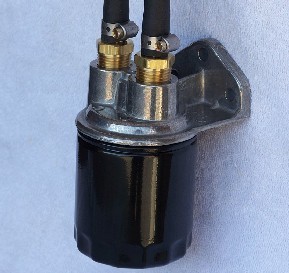Moving desks this week, and came across this article in my stash of junk...found it online. at link below.
Interesting comment regarding VIIs and turbocharger deposits versus straight weigh non VII oils...made me think that maybe RLI's DI friendly oils may in fact be onto something re intake deposits.
http://www.pdfebook4u.com/download/Crank...WZpbHRlcnMucGRm
Quote:
On older, naturally aspirated engines
the result is minor, possibly slightly dirtier
combustion and earlier fouling of injectors.
On turbocharged engines the dirty, oily mist
can coat impeller blades, foul aftercoolers,
and significantly shorten engine life. A
source in the industry says that single-
weight oils tend to pass directly into the
combustion chamber, whereas multi-grade
oils, which are specified for some modern
turbocharged engines, contain a butyl vis-
cosity enhancer, which is more likely to
stick to turbo components.



